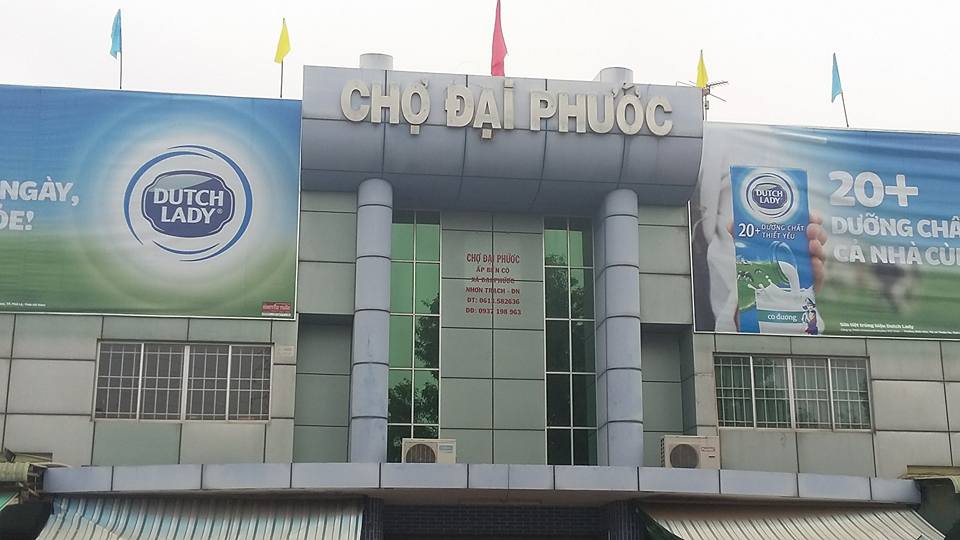1. Major development objectives:

The commune’s economic structure until 2020:
Agriculture: 50%; Small Industry and Handicrafts: 10%, Trade and Services: 40%;
Average Income per Capita: VND6,000,000/year; mobilized capital for investment
and development: VND5,000,000,000 including VND2,000,000,000 from people; and
the proportion of tax and fee mobilized into the State’s budget increases by an
average of 5.5% annually.
More than 95% of households use electricity and
clean and hygienic water; poor households reduce by 5%; the rate of population
growth until 2005 reach below 1.4%; employees with stable jobs account for 70%;
and seasonal workers are from 29%.
The households with concrete houses account for
40-60%; the Fatherland Front Committee and unions that are assessed to be strong
and clean, account for 100%; gathering masses into organizations accounts for
95%; developing the members of youth and labor unions accounts for 20%-25%;
developing the Party members accounts for 10%-12% per year compared with the
existing Party members at the beginning of the year; the sub-Party cells that
are assessed to be clean an strong account for 100% of the strong and clean
Party Committee.
2. Major targets and solutions until 2020
+ Agricultural production: the total cultivated area
until 2020 is 1,400 ha including 668 ha of the winter-spring rice crop and 697
ha of the summer-autumn rice crop; there are 25 ha of sugar canes, 10 ha of
lotus, and 2 to 3 ha that are converted from mixed orchards to special-use
orchards and that are converted from inefficient production are to fruit tree
planting area and these 2 to 3 hectares are planted with sapodillas, mangoes,
oranges, tangerines, and so on.
+ Livestock: Dai Phuoc attempts to bring its
livestock proportion up to 30% by 2020, synchronously provide new breeds and
high-quality feed, and mainly be based on the development of the area for
cultivation, raising breeding pigs and poultry farms in the district’s planned
area.
+ Fishery: Dai Phuoc will continue to pour
investment capital in varieties to create all conditions to help the cooperative
groups raising giant freshwater shrimps to do business effectively, and step by
step become cooperatives.
Dai Phuoc strives to complete the issuance of
certificates of land use rights to people until 2020 accounting for 100%; take
advantage of the investment capital of the province and the district and the
mobilized capital from people to build and widen the rest of rural roads in
Phuoc Ly hamlet and build a new market approved by the district People’s
Committee as well as make plans to select a garbage-collecting place to ensure
environmental hygiene.
Major solutions: agriculture and a rural economy has
a top value for the commune and so it is necessary to apply science and
technology, transform the structure of crops and animals, and increase the
proportion of livestock in the structure of agriculture. In the coming years, Cu
Lao will be an ecotourism area; therefore, the area foragricultural and
ecological land will gradually decrease, and the economic structure will also
change accordingly.
+ Irrigation: it is necessary to build inner-field
canals for production, actively exploit internal resources and take advantage of
other capital sources to invest in promoting and developing production
activities.
+ Rural transport: it is necessary to actively raise
“public labor” fund to build local welfare works in the form of the State and
people working together.
+ Propaganda information: it is necessary to ensure
the continuous operation of the radio station’s machinery for broadcasting the
Party’s policies and the State’s laws so that people can understand well and
abide by the law.
+ Trade and services: it is necessary to gradually
change the commune’s economic structure from agriculture to services due to
declining agricultural area. In the coming time, it is essential to implement a
plan to rebuild Phuoc Ly market, and encourage all economic sectors to open
branches, shops, and retail networks in the commune.